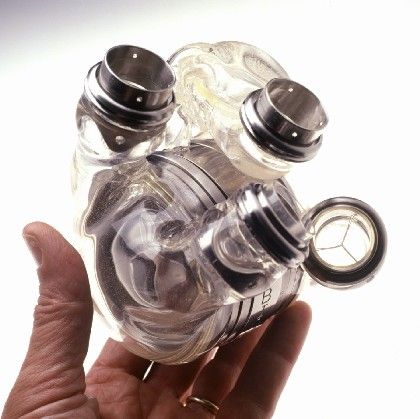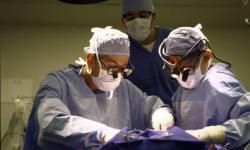Healthy adults have normal resting heart rates of 60 to 100 beats per minute, and any change to that rate -- everything from beating too fast, too slow or even irregularly -- may indicate a medical problem. When it's an ongoing problem it could mean faulty electrical signaling within the heart.
We're all born with a 'pacemaker'. It's called the sinoatrial node (SA node), a small area at the top of the right atrium (upper chamber) of the heart. The SA node automatically generates an electrical signal that causes the upper chambers of the heart to contract. This signal begins in the SA node and travels to the atrioventricular node (AV node, which is also the SA node's back-up). The AV node acts like a relay station for the signal, slows down the electrical signal as it moves on to the lower chambers of the heart, while the atria contracts. With each contraction blood is pumped through the body.
Advertisement
In some people, the heart's electrical system -- called the cardiac conduction system -- misfires. A pacemaker is often able to correct and regulate the problem.
One of the most common reasons for needing a pacemaker is a condition called sick sinus syndrome, where the heart's SA node becomes diseased and is unable to keep the heart beating fast enough.
"Unfortunately, the AV node is a poor substitute for the SA node and is usually only able to cause about 40 heartbeats per minute. When this occurs people may feel lightheaded, fatigued, short of breath, or even lose consciousness," advises Marshal Fox, M.D., electrophysiology cardiologist at Baystate Health in Massachusetts. "In this situation an implantable permanent pacemaker can make a world of difference."
Other conditions where a patient may benefit from the help of a pacemaker include heart block, when the heart stops beating for several seconds, and tachyarrhythmia, when the heart beats to fast.
Advertisement

